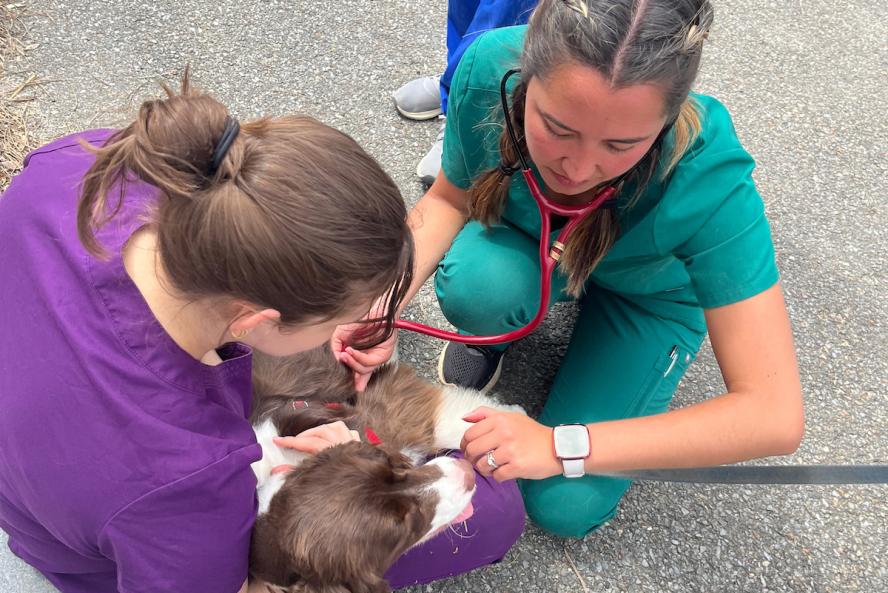-
About
- Leadership & Faculty
- News & Events
-
Academics
- Graduate
- Advanced Clinical Training
- Continuing Education
-
Student Life
-
Research
-
Hospitals & Clinics
- Emergency Care
- Hospital Services
-
Community Outreach
- Volunteer
September 28 marks #WorldRabiesDay
Cummings School of Veterinary Medicine plays role in global effort to keep animals safe

World Rabies Day, celebrated September 28, is a global health observance which started in 2007 to raise awareness about rabies and bring together partners. The event aims to enhance prevention and control efforts worldwide, according to the Centers for Disease Control and Prevention (CDC).
For 75 years, the CDC has collected and published data on rabies in the United States, where approximately 60,000 people are treated for suspected rabies exposure annually. Thanks to successful animal control and vaccination programs, and a robust healthcare system, rabies causes very few deaths in the U.S. However, each year approximately 60,000 (yes, the same number) people around the world die from rabies.
Did you know that veterinarians nationwide vaccinate 40 million dogs and cats against rabies annually?
Keeping dogs and cats updated with the rabies vaccine is the most important strategy to reduce the risk of rabies in these species and curtail possible transmission to humans.
2021 surveillance data of rabies in animals in the U.S. indicates that all reported rabid animals included:
- 34% bats
- 28% raccoons
- 19% skunks
- 9% foxes
Less than 10% of rabies cases were found in domestic animals, including dogs and cats, indicating that nationwide efforts against rabies are working and should continue.
For more information on rabies surveillance visit the Journal of the American Veterinary Medical Association’s Rabies surveillance in the United States during 2021.
Dr. Meera Gatlin, V16, assistant clinical professor in public health, leads the D.V.M./MPH program at Cummings School of Veterinary Medicine.